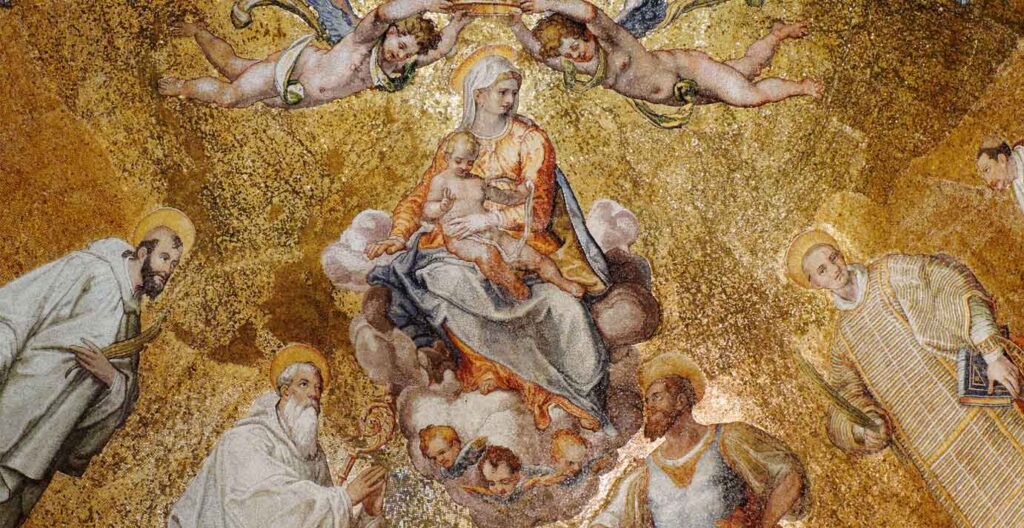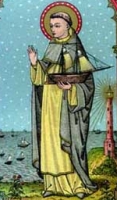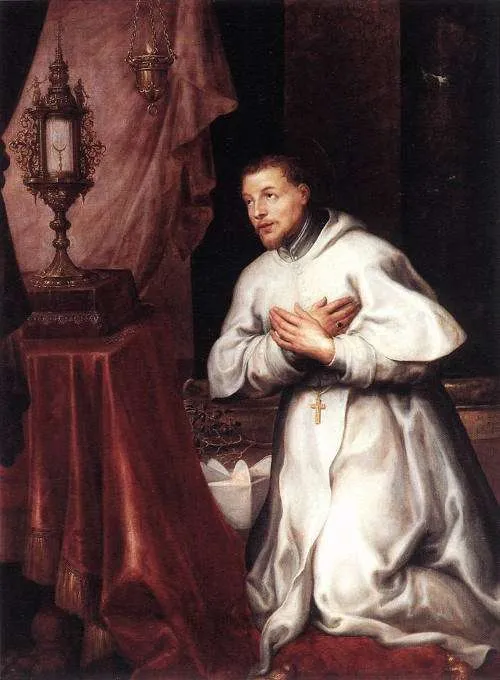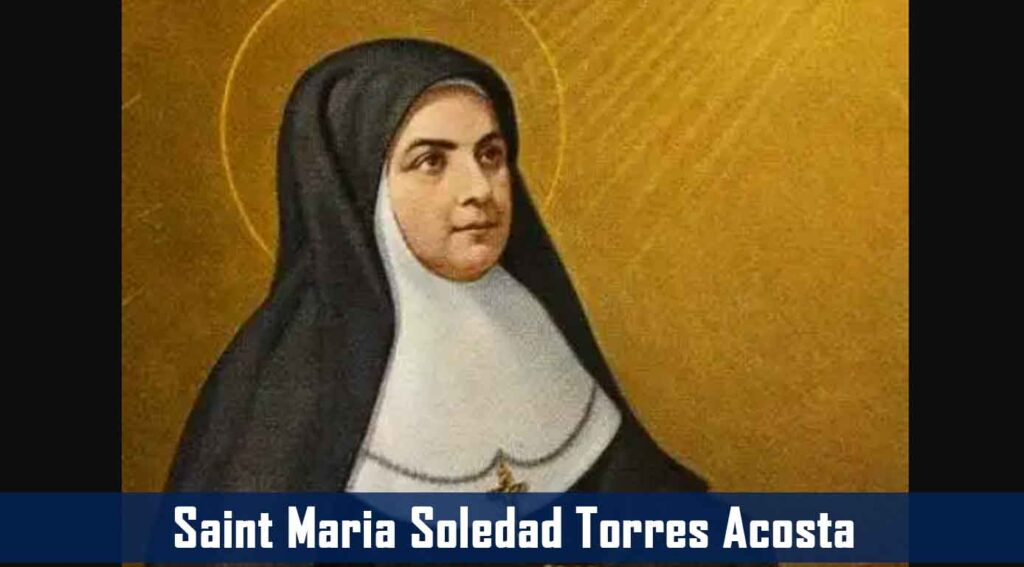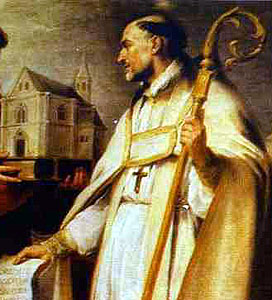The Catholic Church teaches as dogma that the Virgin Mary “having completed the course of her earthly life, was assumed body and soul into heavenly glory.” This doctrine was dogmatically defined by Pope Pius XII on November 1, 1950, in the Apostolic Constitution Munificentissimus Deus, while exercising papal infallibility. But Pope Pius was not declaring the belief in the Assumption as something new or novel. There is written evidence of the belief as early as the 4th century in text that covers several different languages and a fairly wide geographical dispersion. Teaching of the Assumption of Mary became widespread across the Christian world, having been celebrated liturgically as early as the 5th century in the East.
It was celebrated in the West under Pope Sergius I in the 8th century and Pope Leo IV then confirmed the feast as official. Theological debate about the Assumption continued, following the Reformation, climaxing in 1950 when Pope Pius XII defined it as dogma for the Catholic Church. In the Eastern Orthodox churches, the Assumption is referred as the Dormition of the Theotokos (a Greek word literally meaning “God bearer”). Notice that the belief leaves open the question of Mary’s natural death.

